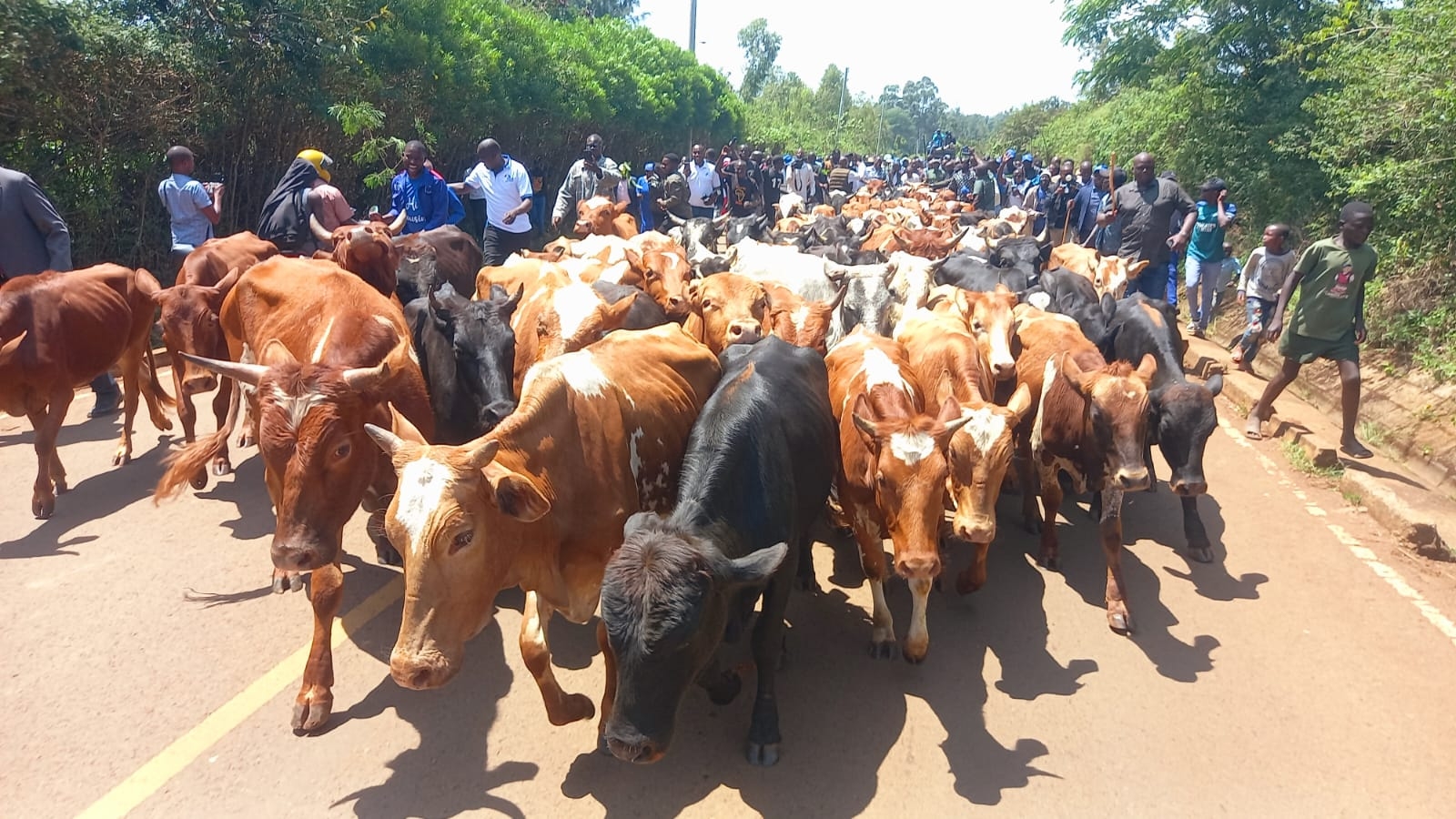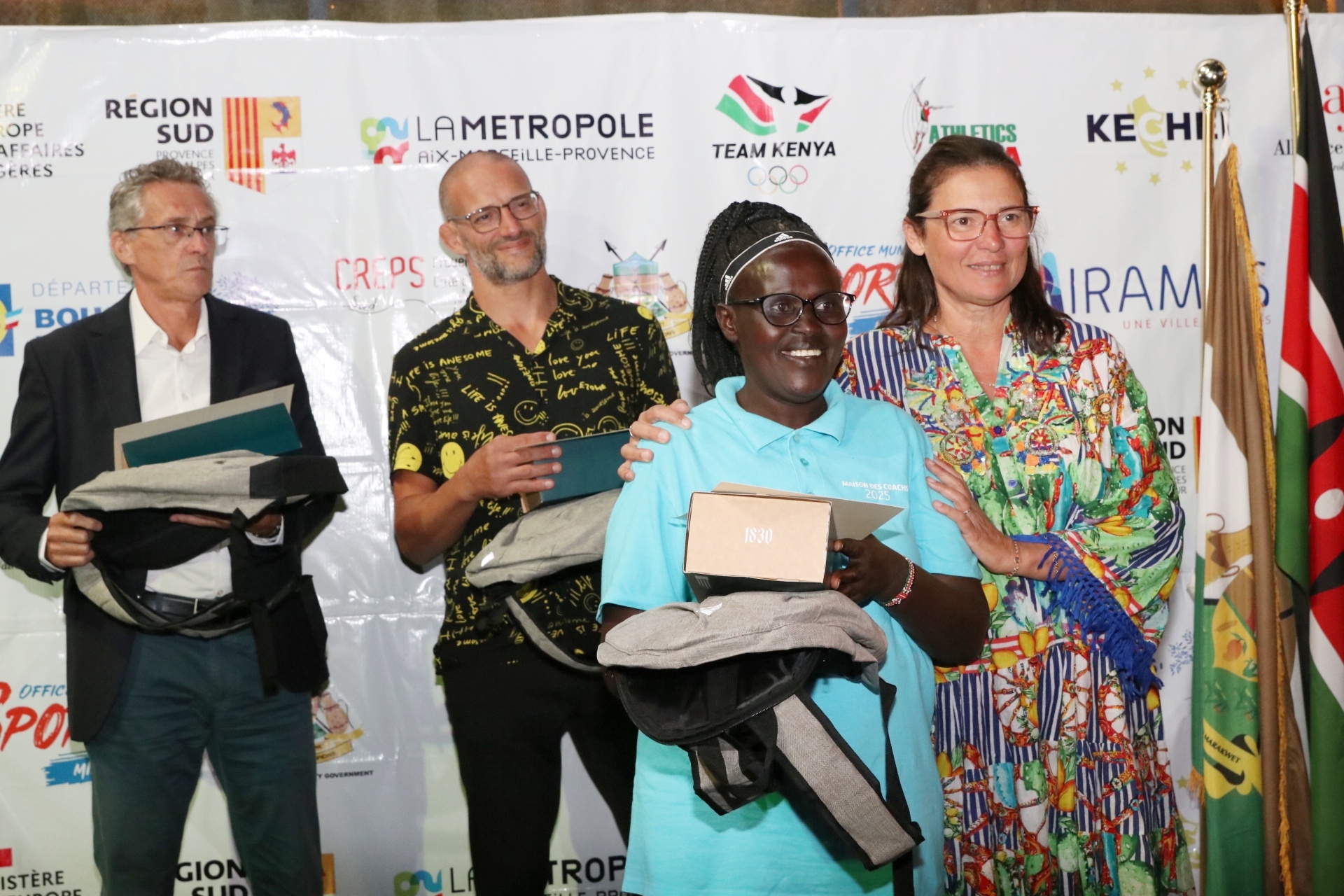
 Workers at the busy Naivasha slaughterhouse that has for decades been relied on by area meat joints for supply due to its improved hygiene status./KNA
Workers at the busy Naivasha slaughterhouse that has for decades been relied on by area meat joints for supply due to its improved hygiene status./KNA
Kenya’s meat exports to international markets are expected to grow significantly, driven by rising global demand, population growth, and the emergence of new markets.
The Middle East has so far provided a vital lifeline for local meat producers, with countries such as the United Arab Emirates, Saudi Arabia, Oman, Qatar, and Kuwait leading the way.
These markets have injected billions of shillings into Kenya’s meat sector.
Kenya’s total meat exports rose from Sh11.5 billion in 2022 to Sh19 billion in 2023 and Sh18.7 billion in 2024, reflecting an average annual growth rate of 39 per cent.
With an established foothold in the Gulf region, Kenya is now targeting major Asian markets — including China, Malaysia, and Indonesia — to further boost exports.
According to Said Ali, a consultant with the African Union’s Inter-African Bureau for Animal Resources (AU-IBAR), Kenya’s livestock sector contributes 12 per cent to the national GDP and accounts for 40 per cent of the agricultural sector’s total output.
Speaking to key stakeholders in Naivasha, Ali called for the expansion and modernisation of slaughterhouses, noting that only seven of the existing 1,000 facilities currently meet global export standards.
He also warned of growing threats posed by climate change, including prolonged droughts that continue to devastate pastoralist communities, which produce more than 70 per cent of the country’s meat.
Ali said there is a need to address shortages of quality animal feed and fodder and to improve livestock genetics to enhance productivity.
Richard Kyuma, CEO of the National Livestock Development and Promotion Service, said a recent comprehensive study by relevant government agencies estimates that Kenya has about 22 million head of cattle and 58 million goats and sheep.
Kyuma said the government is introducing new regulations aimed at unlocking the sector’s full potential by improving production, meat quality, and market consistency.
He noted that plans are underway to integrate livestock producers into cooperatives to streamline operations and ensure the full exploitation of the multi-billion-shilling industry.
Kyuma added that collaboration between meat producers and feedlot operators across the country would be critical in promoting value addition and attracting higher returns.
“This will cushion farmers from unpredictable losses caused by recurring droughts,” he said, noting that Kenya’s economy lost over Sh1 trillion during the 2008–2011 drought seasons.
“There is a need to provide quality feed, align both local and international markets, and establish organised abattoirs to unlock the full potential of the sector,” Kyuma said.
Meanwhile, Kenya Meat and Livestock Exporters Industry Council Chairperson Adenur Dahir said goat and lamb meat account for about 85 per cent of Kenya’s total meat exports.
He urged the country to seize emerging export opportunities in markets such as Libya, China, Jordan, Malaysia, Comoros, Senegal, and Nigeria, where demand continues to rise due to population growth.
However, Dahir cautioned that value addition, stronger regulatory frameworks, investment in feedlot systems, and standardised livestock grading are essential to sustain growth.
“The sector faces serious challenges due to the approaching drought, poor feed quality, and unpredictable livestock markets,” Dahir warned.
Maria Mbeneka, CEO of Ranch Expert, stressed the need to support local livestock producers to improve feed quality and disease control if Kenya is to access highly regulated international markets.
She noted that Kenya has yet to enter the lucrative European Union market, as the country has not been declared free of transboundary animal diseases.
“Many smallholder farmers are still grappling with counterfeit livestock drugs, which continue to hinder access to international markets,” Mbeneka said.
She added that accurate animal weight tracking, proper health systems, and quality feed and supplements are key to unlocking both regional and global opportunities.
Mbeneka revealed that her organisation has introduced a digital platform to integrate key players in the sector, noting that by December, more than 50,000 stakeholders are expected to be onboarded.














